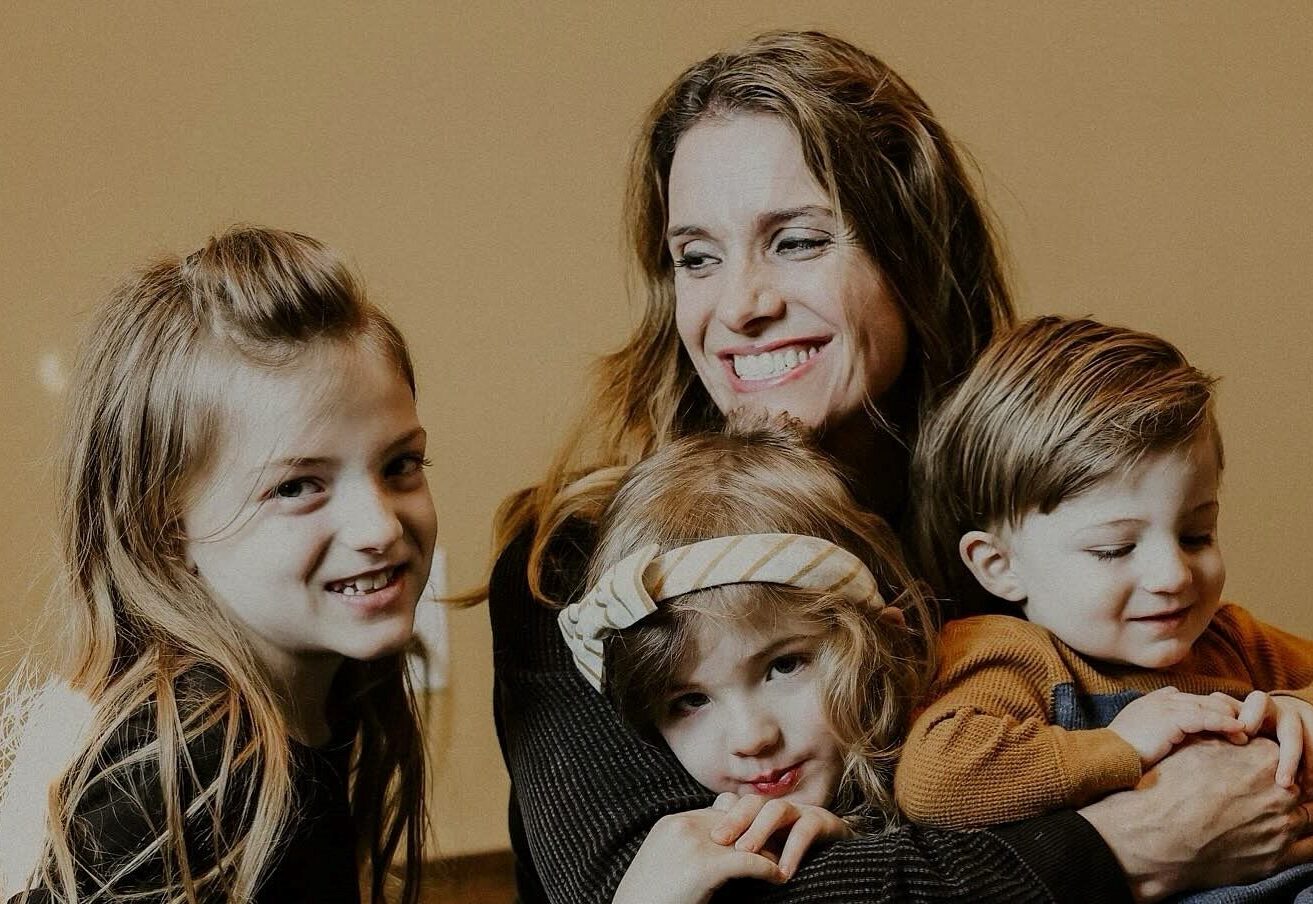When I was growing up, our family time was very tense. My parents argued practically 24/7, so my siblings and I dreaded the times we are all together. So to have an “I Like You” family, first make sure marriage conflict and tensions aren’t spilling over into day to day life. Then, use these 5 building blocks to build an “I Like You” family of your own.
I-like-you families are healthy families. Mutual respect, joy, and security characterize these homes. They are established on five building blocks.
Building Block 1: Celebration
If you want to have fun and enjoy each other, it is helpful to have a catalyst, a rally point, a reason to celebrate. Some families are better than others at celebration moments, but we can all train ourselves to see potential reasons to celebrate. Some are obvious and some could easily go unnoticed. Here are some ideas:
Good grades
Yard work effectively done
Problem solving
A project completed
Dad’s or Mom’s business success
New friendships
A letter from a friend
A book read
An answer to prayer
A good conversation
A healed relationship
A debt paid
A raise in salary
A compliment
Acceptance into college
A milestone
A phone call or e-mail from a distant friend
A vacation planned
A monkey off the back
Building Block 2: Hobbies
I-like-you families often enjoy doing hobbies together or at least they applaud the personal hobbies of each individual member. These activities can include virtually any area of shared interest.
- Collections—baseball cards, insects, logo golf balls, Thomas Kinkade paintings, bells, thimbles, match pads, license plates, seashells, model airplanes
- Crafts—woodworking, carpentry, sewing, knitting, quilting, needlepoint, shell crafts
- Trades—auto mechanics, plumbing, electrical, computer
- Reading—novels, history, research, classics, poetry, fiction
- Music—classical, gospel, R&B, jazz, blues, heavy metal, rap
- Drama—Shakespeare, Early American, Modern
- Movies—cinematography, filmmaking
Building Block 3: Traditions
Celebrations quickly become traditions. Our daughter, Andrea, has a theory about family traditions: “It’s not a tradition until we do it three years in a row. That gives us two tries to see if we like it enough to officially make it a tradition.”
Every family needs to carve their own path and establish their own traditions. Virtually anything can become a tradition, as long as your family buys into it. (Remember, three years in a row, and you have established a tradition!) Keep in mind, however, that one family’s tradition can be another family’s drag. Here are some ideas:
Game Traditions—after-dinner game of marbles, darts, Sega, Ping-Pong; weekend tennis, golf, or other sport; once-a-year outing to a major sports event, such as the Masters golf tournament or a game at Yankee Stadium.
Special-Day Traditions—family birthdays, graduation days, anniversaries, Fourth of July with the neighbors, after-holiday open house on January 1.
Religious Holiday Traditions—Don’t just patronize religious holidays by showing up for church. Get creative. Have your neighbors in and ask them about their traditional celebration of a particular religious holiday. Show the Jesus film and then talk about it. At Christmas, invite the neighborhood kids in for Jesus’ birthday party.
Heritage Traditions—Celebrating the birthdays of family matriarchs and patriarchs, even after they are gone, can be healthy. (Why not? If you celebrate Martin Luther King Jr. Day, Columbus Day, and Presidents’ Day, why not celebrate Grandma’s birthday?) Celebrate spiritual rebirth days; celebrate major family events, such as grandparents’ wedding anniversary.
Recipe Traditions—favorite chocolate sauce, cakes, pies, homemade ice cream, spaghetti sauce, pizza; hand-me-down recipes for Christmas cookies; family members’ favorite meals.
Hobby Traditions—Every summer rebuild a car; every Christmas go snow skiing; every spring replant your vegetable garden together, every weekend attend a baseball card trade show; every so often work on your doll, stamp, coin, arrowhead, or decal collection.
Every tradition is like a cord that binds the family closer together. In fact, traditions that span generations, passed down from parents, grandparents, great-aunts and –uncles, tie us together across the decades and even centuries. Traditions are for people who like each other.
Building Block 4: Vacation
I-like-you families vacation together. Life is not a vacation, and we shouldn’t live for vacation. Hopefully we enjoy our daily routine—including our personal and our professional life. Yet vacations sure make life more fun. They provide an important break, allowing us time to reflect, process, recharge, and reconnect with the most important people in our lives.
Without a doubt, our favorite annual vacation spot has become South Seas Plantation off the west coast of south Florida. At last count we have thirty-five traditions that come together during those seven days.
Here are the first 10 of our list of 35.
- Take the kids out of school by noon on Friday (a tradition the kids love)!
- Stop at Steak n Shake somewhere along I-75 south.
- Check into the hotel by 5:00 P.M.
- Unload by 5:30.
- Play free gold (usually nine holes) by 6:00.
- Dinner at Capt’n Al’s dockside restaurant at 8:00.
- Watch Braves baseball games—often the World Series!
- Shelling contest begins the first morning.
- The island run (4.2 miles literally from one end of the island to the other).
- Sand sculpture competition.
Building Block 5: Wholesome Humor
Healthy people laugh and healthy families laugh together. They encourage laughter. They look for laughter. Wholesome, clean humor is good for the soul. Dr. Elizabeth Stanley, professor at Arizona State University, extensively surveyed eleven- to sixteen-year-old students and their home life. She concluded, “Parents who joke in a light-hearted fashion during tense or stressful situations…may make their adolescents feel more comfortable and accepted, less anxious, and more willing to communicate in a positive manner.”
We might think some families are just humorous families and some families are not, but that is normally not the case. Most families have a comedian-in-residence—someone, who, if given permission and a little encouragement, will be a source of joy and laughter for others in the house. Each home is gifted with its own variety of humor, wit, and healthy folly. When humor is affirmed and encouraged, it will normally blossom and grow quite nicely in virtually every family.
Some families who are unable to identify their comedian-in-residence have purchased humor cassette tapes, movies, joke books, comics, and other sources of humor to take up the slack. When all else fails, laugh at yourself. The best sources of humor are always the real-life events we all face on a daily basis. Virtually all the TV sitcoms over the years have dealt with real-life situations with which we can all identify, and the characters are always able to laugh at themselves. It started withThe Honeymooners and I Love Lucy and continued with Leave It to Beaver and All in the Familyand more recently Home Improvement, Family Matters, and The Cosby Show.
Put them all together and we should get the message: Don’t take yourself too seriously, particularly if you are a parent who feels in over his head. Chill out! Parenting goes better with laughter. A proverb says, “A cheerful heart is good medicine” (Prov. 17:22). We all need a good swig of parenting cheer. Merriment, games, parties, hilarity, and raucous laughter are all parts of healthy family life.
Taken with permission from Parenting at Its Best! How to Raise Children With a Passion for Life! by Fred Hartley.








